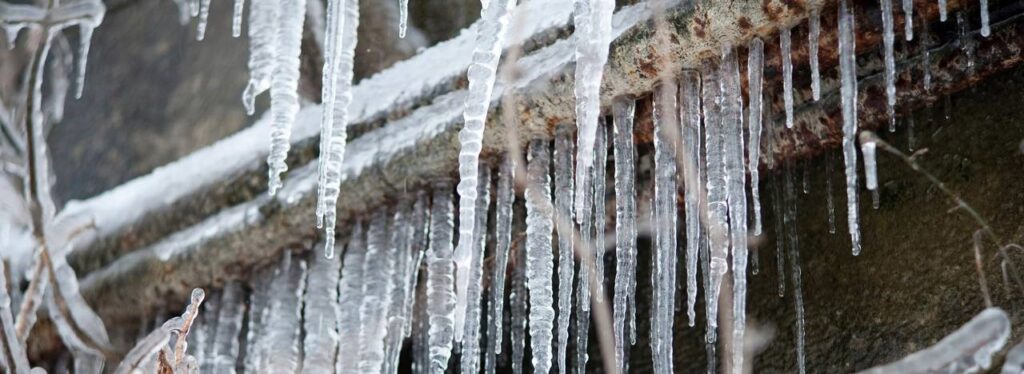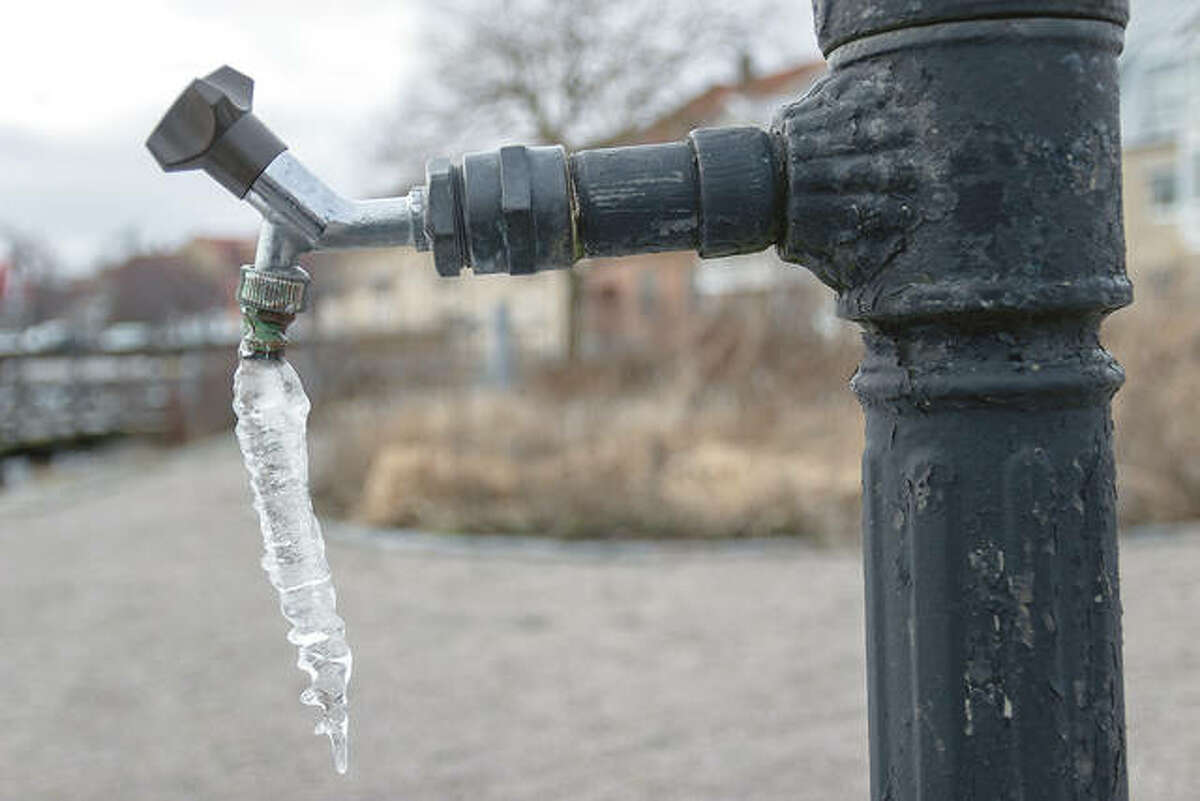Do you find yourself trying to locate resources about How to prepare your home plumbing for winter weather?

Cold weather can damage your plumbing, particularly by freezing pipelines. Below's exactly how to stop it from occurring and what to do if it does.
Intro
As temperature levels decline, the danger of icy pipelines boosts, possibly bring about expensive repairs and water damages. Recognizing how to avoid icy pipelines is crucial for homeowners in chilly environments.
Recognizing Icy Pipes
What creates pipes to freeze?
Pipes freeze when subjected to temperature levels listed below 32 ° F (0 ° C) for extended periods. As water inside the pipes freezes, it broadens, taxing the pipeline wall surfaces and potentially causing them to break.
Threats and damages
Frozen pipelines can bring about supply of water interruptions, residential property damage, and costly repairs. Burst pipelines can flood homes and cause comprehensive structural damages.
Indicators of Frozen Water Lines
Determining icy pipelines early can avoid them from bursting.
Just how to determine icy pipes
Seek reduced water circulation from faucets, uncommon odors or sounds from pipelines, and visible frost on exposed pipes.
Avoidance Tips
Insulating at risk pipes
Wrap pipelines in insulation sleeves or use warmth tape to safeguard them from freezing temperatures. Focus on pipes in unheated or external locations of the home.
Heating techniques
Keep interior areas sufficiently warmed, specifically locations with pipes. Open up closet doors to allow cozy air to flow around pipelines under sinks.
Shielding Exterior Pipes
Garden tubes and exterior faucets
Separate and drain pipes yard pipes before winter months. Mount frost-proof faucets or cover exterior faucets with insulated caps.
What to Do If Your Pipelines Freeze
Immediate actions to take
If you believe icy pipes, maintain taps available to ease pressure as the ice melts. Use a hairdryer or towels taken in warm water to thaw pipes gradually.
Long-Term Solutions
Structural adjustments
Take into consideration rerouting pipes far from exterior walls or unheated locations. Add additional insulation to attics, cellars, and crawl spaces.
Upgrading insulation
Purchase high-grade insulation for pipes, attics, and walls. Appropriate insulation assists preserve constant temperature levels and lowers the threat of frozen pipelines.
Conclusion
Avoiding frozen pipelines needs aggressive procedures and fast reactions. By comprehending the causes, indications, and preventive measures, homeowners can protect their plumbing throughout cold weather.
6 Proven Ways to Prevent Frozen Pipes and Protect Your Home
Disconnect and Drain Garden Hoses
Before winter arrives, start by disconnecting your garden hoses and draining any remaining water. Close the shut-off valves that supply outdoor hose bibs and leave the outdoor faucet open to allow any residual water to drain. For extra protection, consider using faucet covers throughout the colder months. It’s also important to drain water from any sprinkler supply lines following the manufacturer’s directions.
Insulate Exposed Pipes
Insulating your pipes is an effective way to prevent freezing. Pipe insulation is readily available at home improvement stores and is relatively inexpensive. Pay close attention to pipes in unheated areas such as the attic, basement, crawl spaces, or garage. Apply foam insulation generously to create a buffer against the cold. You can also wrap your pipes in heat tape or thermostat-controlled heat cables for added warmth.
Seal Air Leaks
Inspect your home for any cracks or openings that could let in cold air. Seal any holes around the piping in interior or exterior walls, as well as the sill plates where your home rests on its foundation. Additionally, make sure to keep your garage door closed unless you’re entering or exiting. Leaving it open creates a significant air leak that can lead to frozen pipes.
Allow Warm Air Circulation
During cold snaps, it’s essential to allow warm air to circulate evenly throughout your home. Leave interior doors ajar to promote better airflow. Open kitchen and bathroom cabinets to help distribute heat consistently around the rooms. If you have small children or pets, be sure to remove any household chemicals or potentially harmful cleaners from open cabinets for safety.
Let Faucets Drip
A small trickle of water can make a big difference in preventing ice formation inside your pipes. When temperatures drop significantly, start a drip of water from all faucets served by exposed pipes. This continuous flow helps prevent the water from freezing. Additionally, running a few faucets slightly can relieve pressure inside the pipes, reducing the chances of a rupture if the water inside does freeze.
https://choateshvac.com/6-proven-ways-to-prevent-frozen-pipes-and-protect-your-home/

I'm very interested by How to Prevent Your Pipes From Freezing and I'm hoping you enjoyed our blog posting. If you liked our blog post plz remember to pass it around. Thank you so much for your time invested reading it.
Click Here
Comments on “Tips for Preventing Frozen Pipes in Winter: Expert Tips”